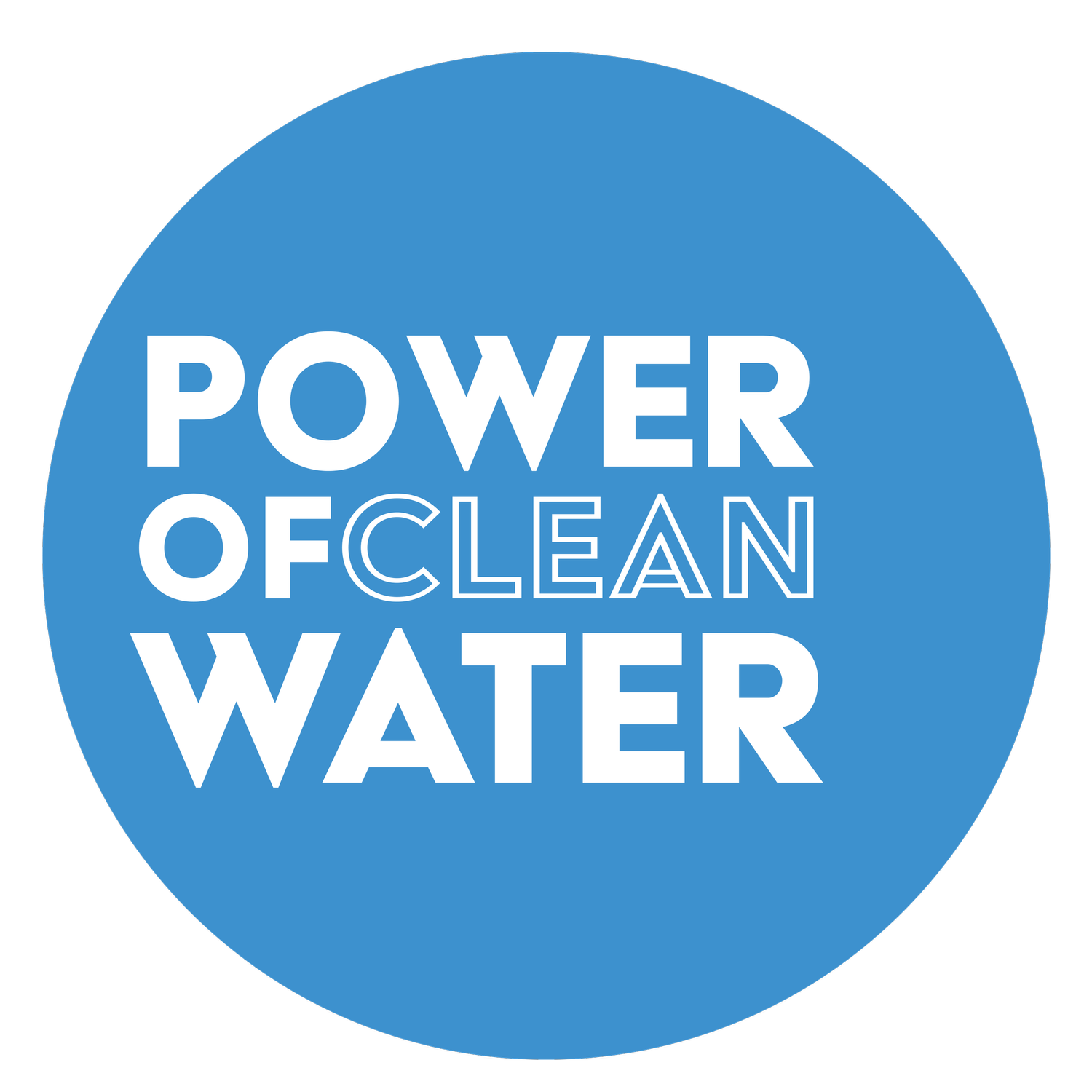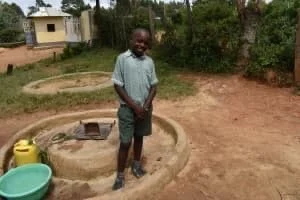St. Gerald Sasala Primary School, Western Kenya
The 515 students at St. Gerald Sasala Primary School spend too much of their day collecting and carrying water instead of learning.
The school has a seasonal hand-dug well that has difficulty keeping up with such a large population, especially during the dry season when the water table is low. Because it is not enough to meet daily needs, students are expected to collect and carry heavy water containers to school every day. And that collected water is often contaminated and then mixed in with other sourced water, making it risky for everyone.
"The water brought from various sources is not safe for human consumption. Most of the pupils are found with typhoid and stomach ache, which makes them miss some lessons. When the pupils miss lessons, it affects their performance," reported field officer Mary Afandi.
When the water in the well and what students brought with them in the morning runs out, they must walk to an overcrowded community spring that is in disrepair to collect more, even during their school day. All this time outside the classroom is detrimental to everyone because it steals the time and energy needed for learning.
"Personally, I have been affected a lot because I can't finish my syllabus on time or lessons because looking [for] water [in the] daytime interferes with my lessons," said 36-year-old headteacher Mary Asenwa.
Installing a borehole well will enable students and teachers to access water whenever needed throughout the year, right outside their classrooms, instead of wasting valuable learning time. Hopefully soon, everyone in this community will have the energy and health they need to focus on what teachers and students everywhere should be focused on: teaching and learning.


